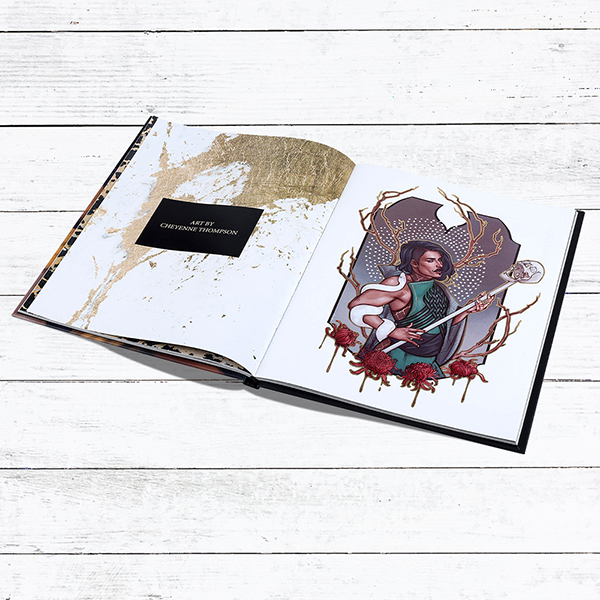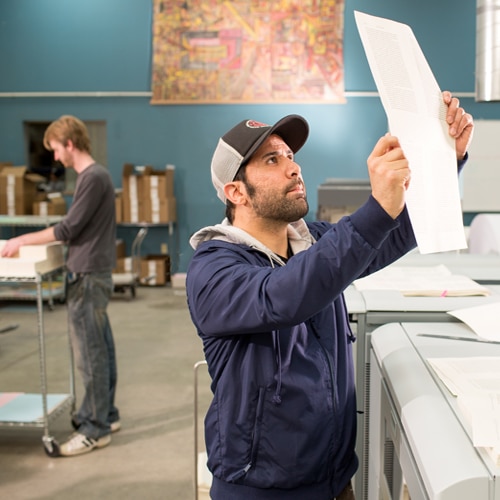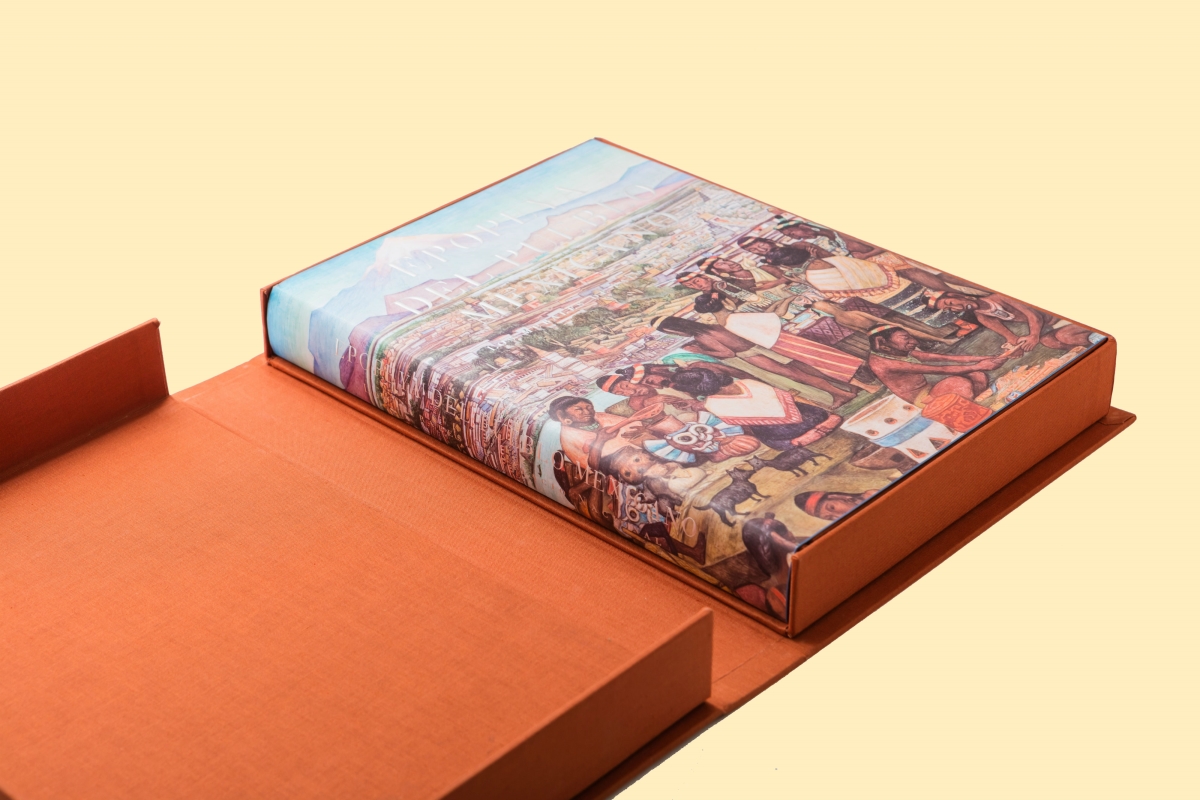What Makes a Eye-Catching art book? Explore the Core Elements
What Makes a Eye-Catching art book? Explore the Core Elements
Blog Article
Understanding the Refine Behind Premium Art Book Printing for Art Enthusiasts
When it comes to high-grade art book printing, comprehending the intricacies of the procedure can elevate your recognition for the last product. You could not recognize just how necessary paper selection and ink options are to the vibrancy of artwork. Each aspect plays a significant duty in accomplishing the wanted impact. As you discover the various elements of art book printing, you'll uncover insights that can transform your point of view on art conservation and presentation.
The Value of Paper Option in Art Book Printing
When it comes to art book printing, the option of paper can make or damage the end product. You want your artwork to radiate, and the appropriate paper enhances color vibrancy and detail. Think about factors like weight, structure, and coating; these components considerably affect exactly how visitors regard your job.
For example, a heavier stock communicates high quality and longevity, while a distinctive finish can add depth to images. Smooth paper is excellent for comprehensive reproductions, enabling great lines and refined shades to appear crisp.
Don't fail to remember regarding the paper's brightness; a brighter sheet can assist shades pop, making your art more appealing. You'll likewise intend to think about just how the paper connects with inks and whether it can take care of the printing procedure without contorting or bleed-through. Inevitably, picking the ideal paper establishes the stage for your art, ensuring it captures the target market's focus equally as you visualized.
Choosing the Right Inks for Dynamic Reproductions
Picking the appropriate inks is simply as essential as selecting quality paper to attain lively recreations in your art book. When you're publishing art work, you want shades that stand out and precisely represent the initial piece. Go with inks with a high pigment focus; these tend to produce richer and extra saturated shades.
You could think about using historical inks, which resist fading gradually, ensuring your art book continues to be as striking as the day it was printed. If you're dealing with photos or electronically produced art, pigment-based inks can provide a broader color gamut, boosting detail and deepness.
Don't forget the surface! Matte and glossy inks can substantially alter the look of your artwork, so consider the appearance you're intending to achieve - art book. Eventually, the right ink option enhances your paper selection, producing a magnificent visual experience for your readers
The Duty of Shade Management in Publish Quality
Shade management plays a necessary duty in achieving high print quality for your art book. It ensures that the colors you see on your display convert accurately to the published web page. Without reliable color management, your lively art work might appear dull or distorted, weakening your imaginative vision.
Next, utilize color profiles tailored for your printer and paper type. These profiles guide the printer in recreating colors accurately, reducing inconsistencies in between digital and published variations.
When you prepare your data, take into consideration using a shade area like Adobe RGB or CMYK, relying on your printer's specs. Always proof your work, also; an examination print can disclose any type of possible shade problems before the final run. By prioritizing shade administration, you secure the integrity of your art, guaranteeing your target market experiences it as you planned.

Comprehending Different Binding Strategies
Accomplishing the perfect search for your art book exceeds shade administration; binding methods also play a substantial role in its total presentation and durability. You have a number of options to examine, each with its own special qualities.
If you're going for an expert feeling, case binding supplies a durable alternative with a hard cover, best for showcasing your art work. On the other hand, excellent binding provides an adaptable spine while maintaining costs down, making it a prominent selection for softcover books.
Spiral binding enables your art book to lay level, which is fantastic for presenting pictures without blockage. On the other hand, saddle sewing is perfect for smaller sized pamphlets, giving a clean surface without the mass.
Inevitably, the binding technique you choose must mirror your imaginative vision and how you desire viewers to involve with your job. See to it to weigh these choices very carefully to attain the best outcome for your project.
The Effect of Publish Dimension and Format on Discussion
While the selection of print dimension and format might appear second to content, they greatly influence exactly how your art work is perceived. The dimensions of your prints can either improve or lessen the influence of your items. Bigger prints can attract visitors in, allowing them to value intricate information, while smaller sized layouts might require even more intimate involvement.

Preservation Techniques for Durable Art Books
To guarantee your art books stand the examination of time, it's vital to implement efficient conservation techniques. Usage acid-free storage space boxes or safety sleeves to shield them from dust and physical damages.
When handling your books, constantly clean your hands or wear cotton gloves to stay clear of oils and dirt moving onto the pages. Prevent flexing or wrinkling anonymous the spines; rather, utilize book supports when showing them.
For included protection, think about spending in archival-quality materials for any type of fixings or enhancements. On a regular basis check your collection for signs of wear or damage, addressing issues immediately. By adhering to these simple techniques, you can ensure your art publications continue to be vibrant and available for many years ahead, maintaining their beauty and value for future generations.
Working together With Printers for Ideal Results
When you're prepared to publish your art book, selecting the appropriate printer is essential to achieving your vision. Clear communication about your expectations and demands will help guarantee that both you and the printer are on the same web page. Allow's discover just how to make this cooperation as smooth and efficient as possible.
Choosing the Right Printer

Efficient Interaction Strategies
Efficient interaction is essential for turning your art book vision right into fact, especially when working together with printers. art book. Begin by plainly describing your job's objectives, consisting of design elements, favored products, and any kind of specific printing techniques. Don't think twice to share your ideas and references; this helps the printer comprehend your aesthetic
Establish up routine check-ins to go over progression and resolve any kind of questions. Use visuals, like mock-ups or samples, to convey your ideas better. Be open to feedback, as printers frequently have important insights that can improve your job. Preserve a favorable partnership by being considerate and pleased of their know-how. This cooperation will certainly ensure that your art book meets your expectations and beams in its last type.
Frequently Asked Inquiries
What Prevail Errors to Avoid in Art Book Printing?
When printing your art book, stay clear of typical mistakes like poor resolution photos, inaccurate color accounts, and ignoring page format. Don't forget to check and double-check information to verify your final item satisfies your expectations.
Exactly How Does Digital Printing Differ From Conventional Printing Methods?
Digital printing utilizes digital documents to produce prints straight, permitting quicker turnaround and modification. On the other hand, traditional approaches involve physical plates, which can be taxing and less adaptable for little runs or one-of-a-kind styles.
What Is the Regular Turnaround Time for Art Book Printing?
The regular turn-around time for art book printing differs, however you can anticipate it to take anywhere from a few weeks to numerous months. Elements like intricacy, quantity, and printing technique all affect this timeline.
Can I Print a Minimal Edition Art Book Economically?
You can publish a limited edition click over here art book economically site here by picking affordable products, optimizing print runs, and using electronic printing options. Cautious preparation and budgeting will certainly help you accomplish top quality without overspending.
What Are the Ecological Considerations in Art Book Printing?
When thinking about art book printing, you need to consider green materials, sustainable inks, and energy-efficient processes (art book). Picking neighborhood printers can also decrease your carbon impact, making your task both lovely and eco liable
Report this page